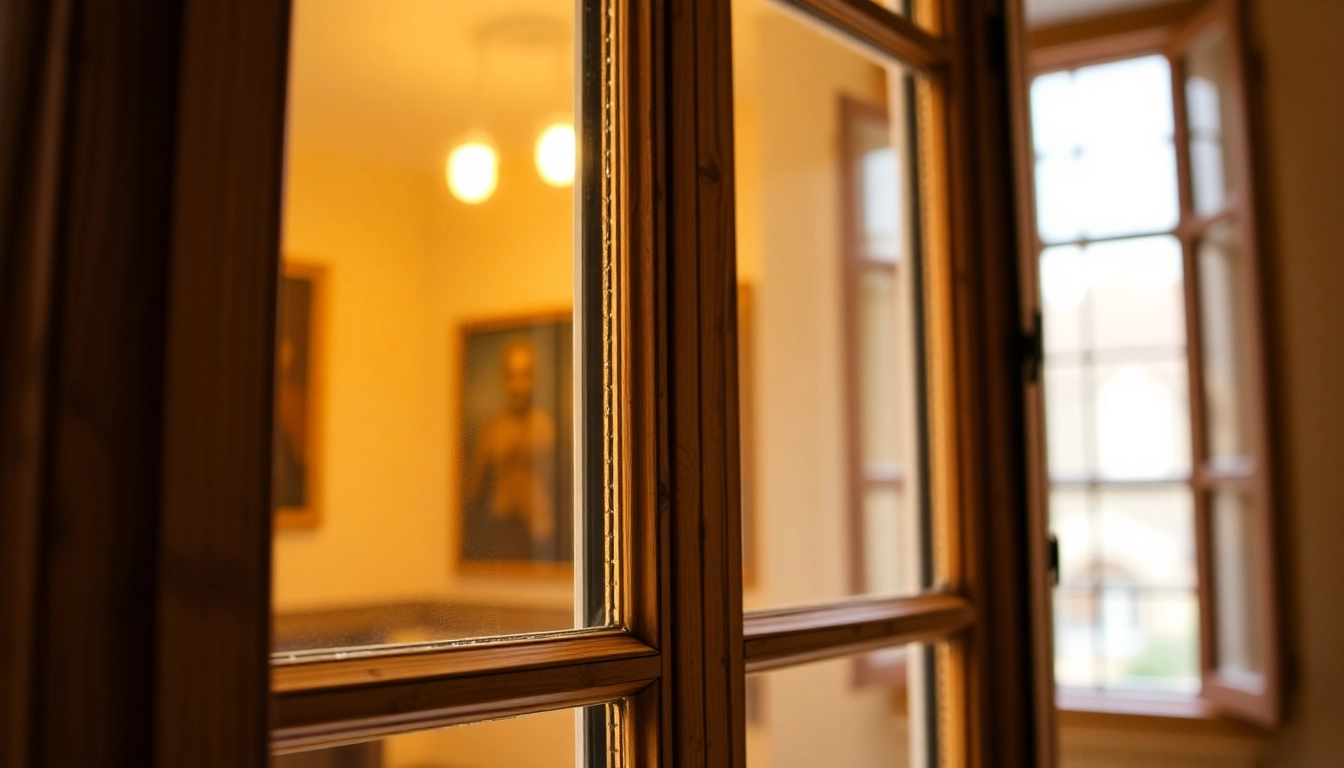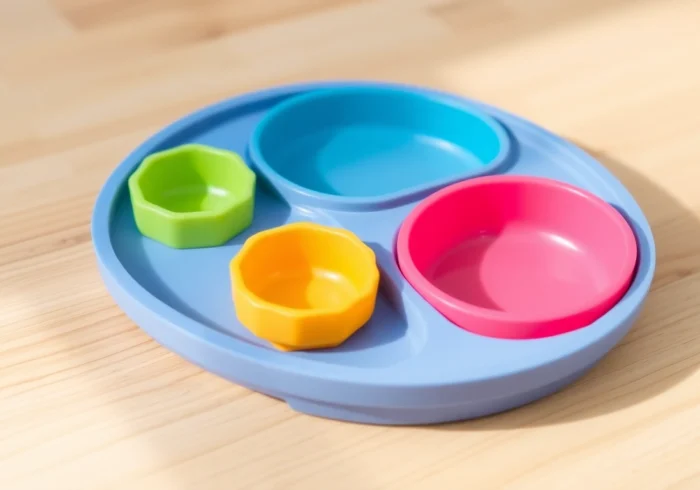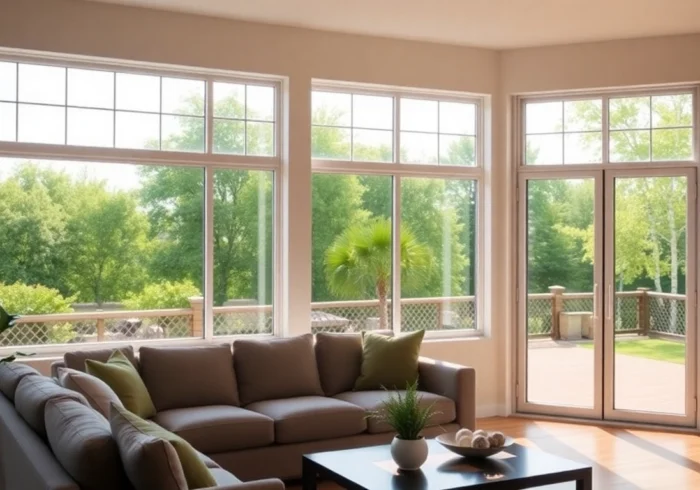Understanding Secondary Glazing for Sash Windows
For homeowners seeking to enhance their residence’s comfort, energy efficiency, and acoustic insulation without compromising its historic aesthetic, secondary glazing for sash windows presents a compelling solution. This sophisticated yet discreet retrofit can dramatically reduce heat loss, block noise, and preserve the charm of traditional sash windows. As the UK continues to prioritize sustainable and cost-effective upgrades, understanding the nuances of secondary glazing becomes indispensable for property owners and restoration specialists alike. In this comprehensive guide, we delve deeply into the principles of secondary glazing, its advantages over complete window replacement, material options, installation techniques, costs, and expert insights to ensure you make informed decisions tailored to your home’s character and your lifestyle needs.
Understanding Secondary Glazing for Sash Windows
What is secondary glazing and how does it work?
Secondary glazing involves installing an additional pane of glass or acrylic on the interior side of existing sash windows, creating a dual-layer barrier that enhances multiple aspects of window performance. Unlike replacement windows, secondary glazing preserves the original sash structure, making it ideal for listed buildings, conservation areas, or homes seeking to retain historical integrity. This secondary unit is mounted either as a fixed panel, a sliding system, or a magnetic insert, depending on the homeowner’s aesthetic preferences and functional requirements.
Conventionally, secondary glazing is fitted inside the existing sash window frame, directly on the internal face. The additional pane acts as an insulating barrier, trapping a pocket of air that acts as thermal insulation and reduces heat transfer. Moreover, it significantly dampens external noise, providing a more peaceful indoor environment even in noisy urban settings. Some systems employ airtight seals and acoustic damping layers to maximize soundproofing efficacy. The installation process typically involves precise measurement and customization to ensure a seamless, unobtrusive fit that minimally alters the aesthetic appeal of original sash windows.
For a detailed overview, explore Secondary glazing for sash windows and how it can revolutionize your home comfort with minimal disruption.
Advantages of secondary glazing over replacement windows
Secondary glazing offers several significant benefits when compared to traditional window replacement, especially for historic or artisanal sash window designs:
- Preservation of Historic Charm: Maintains the original appearance, moldings, and character of period windows while upgrading their performance.
- Cost-Effectiveness: Generally less expensive than full window replacement, particularly when factoring in labor and materials.
- Minimal Structural Impact: Does not require major alterations or scaffolding, making it suitable for sensitive conservation settings.
- Enhanced Thermal and Acoustic Insulation: Significantly reduces heat loss and external noise pollution, aligning with modern energy standards.
- Flexible Installation and Removal: Many secondary glazing units are removable or adjustable, allowing for seasonal changes or ease of maintenance.
Additionally, secondary glazing can be installed quickly and with minimal disturbance, offering an efficient upgrade pathway for existing properties that want to improve comfort without compromising historical integrity.
Materials and Design Options for Secondary Glazing
Best materials for secondary glazing in sash windows
Selecting the right material is crucial for ensuring durability, aesthetic integration, and performance. The primary options include glass, acrylic (Perspex), and polycarbonate, each with specific advantages:
- Standard Glass: Traditional choice, offering excellent clarity, scratch resistance, and recyclability. Suitable for interior secondary glazing due to its robustness and high optical quality.
- Acrylic (Perspex): Lighter, shatter-resistant, and less prone to breakage than glass. It offers superior impact resistance and is easier to handle during installation, making it popular for DIY projects and mobile secondary glazing units.
- Polycarbonate: Known for its superior impact resistance and UV stability. Ideal for exterior secondary glazing where additional weather protection is required.
When choosing materials, consider factors like the specific aesthetic goals, safety requirements, and the building’s conservation status. For historic properties, acrylic or thin glass options often provide a discreet look that preserves the window’s appearance without sacrificing performance.
Design considerations to preserve aesthetic appeal
Maintaining the visual harmony of traditional sash windows is pivotal. Some key design factors include:
- Slimline Profiles: Selecting narrow muntins and frame sections to match existing window craftsmanship.
- Color Matching: Using trims or frames that complement or seamlessly blend with the existing sash, available in a range of finishes.
- Discreet Mounting: Employing minimal hardware and concealed fixing systems to keep secondary glazing unobtrusive.
- Compatibility with Shutters and Mouldings: Designing secondary units that accommodate existing shutters, ironmongery, or decorative features.
These design considerations ensure that secondary glazing enhances energy efficiency and soundproofing without detracting from the aesthetic appeal of the original sash window.
Choosing between fixed, sliding, and magnetic panels
The functional design of secondary glazing varies to suit different needs:
- Fixed Panels: Attached permanently inside the window frame; ideal for rooms where ventilation is not a priority but insulation is paramount. They provide excellent thermal protection and noise reduction.
- Sliding Systems: Panels that slide horizontally or vertically, facilitating ease of access and cleaning. Suitable for rooms needing frequent ventilation or where aesthetics call for minimal hardware visibility.
- Magnetic Secondary Glazing: Utilizing magnetic strips or clips to hold the secondary pane in place; this design is popular in DIY applications and allows for easy removal and reinstallation for cleaning or maintenance.
Opting for the right system depends on your property’s style, ventilation needs, budget, and whether you prefer a permanent or temporary solution. Each design offers specific benefits in performance, convenience, and visual appeal.
Installation and Maintenance of Secondary Glazing
DIY vs professional installation: pros and cons
Deciding between DIY installation and hiring professionals hinges on your skill level, the project’s complexity, and your desired outcome. Here’s a comparative overview:
- DIY Installation: Cost-effective and flexible, allowing you to tailor the process. Modern DIY kits often include detailed instructions, measurement guides, and pre-cut panels. However, improper fitting can lead to gaps, ineffective insulation, or damage to existing windows.
- Professional Installation: Ensures precise measurement, expert fitting, and optimal sealing. It may be particularly advisable for listed buildings or complex window geometries. Though more expensive upfront, professionals reduce the risk of errors and ensure compliance with conservation standards.
For most homeowners comfortable with basic tools and measurement, DIY secondary glazing kits provide a practical entry point. Nonetheless, consulting with specialists can be invaluable for bespoke or high-performance setups.
Step-by-step guide to fitting secondary glazing
Here is a fundamental outline of the installation process for straightforward secondary glazing units:
- Measurement: Accurately measure the width and height of your sash window opening, considering gaps, hinges, and hardware. Use a tape measure and record each dimension precisely.
- Selection of System: Choose between fixed, sliding, or magnetic panels based on your needs and aesthetic preferences.
- Ordering or Preparing Materials: For DIY kits, order components or prepare custom-cut panels, ensuring materials match your measurements.
- Preparation: Clean the existing window frame and sill thoroughly to ensure a dust-free, smooth surface for sealing or fixings.
- Fitting: For fixed panels, secure the secondary glazing using adhesive strips, clips, or screws, ensuring no gaps remain. Sliding systems require track installation and panel alignment. Magnetic units involve attaching magnetic strips to both the sash and secondary pane.
- Sealing and Adjustment: Ensure all seals are airtight; check the movement of sliding units and make necessary adjustments.
- Final Inspection: Confirm all components are secure, and the secondary glazing effectively insulates and reduces noise.
For detailed guidance tailored to your selected system, consult product-specific manuals or professional installers.
Maintaining clarity and performance over time
Proper maintenance ensures that secondary glazing maintains its performance for years. Key tips include:
- Regular Cleaning: Clean glass or acrylic panels with soft cloth and mild detergent. Avoid abrasive cleaners that can scratch surfaces.
- Seal Inspection: Check seals and gaskets periodically for wear or damage; replace if necessary to maintain insulation and soundproofing quality.
- Hardware Check: Ensure hinges, tracks, and magnetic strips remain secure and free of debris.
- Condensation Management: Use adequate ventilation to prevent moisture buildup between panes, which can reduce clarity and insulation.
Adhering to these practices preserves the secondary glazing’s integrity, ensuring long-term benefits and visual clarity.
Cost and Value of Secondary Glazing Solutions
Average costs for various secondary glazing types
Pricing varies depending on system complexity, materials, and whether installation is DIY or professional. Typical costs include:
- Magnetic Secondary Glazing: £200 – £350 per window, suitable for small to medium sash windows, and popular in DIY applications due to ease of installation.
- Sliding Vertical or Horizontal Systems: £400 – £500 per window, offering convenience and aesthetics suitable for more frequent use.
- Lift-out or Fixed Panels: £300 – £450 per window, often used when permanent solutions are preferred.
- Custom Glass or Acoustic Panels: Costs can increase for specialist applications, with bespoke sizes and enhanced performance features.
While initial investments vary, the long-term savings on energy bills and the reduction of noise pollution significantly enhance overall value.
Long-term savings on energy bills
Secondary glazing can reduce heat loss by up to 50%, leading to measurable savings on heating costs, especially in colder months. For example, a typical Victorian or Georgian sash window, when upgraded with secondary glazing, can yield annual savings of approximately 10–15% on energy bills. These savings depend on the insulation quality, frequency of use, and external temperatures.
Enhancing home value and reducing noise pollution
Beyond energy efficiency, secondary glazing enhances the overall comfort of your home by substantially lowering external noise levels—up to 51dB in some cases. This is particularly beneficial in urban environments or near busy roads. Furthermore, upgrading with secondary glazing can boost property appeal, especially in conservation areas, where maintaining the original façade is a priority. Such improvements often translate into increased property value and marketability, making secondary glazing a wise investment for homeowners and landlords alike.
Best Practices and Expert Tips for Sash Window Secondary Glazing
Matching secondary glazing to your sash window style
For seamless integration, select secondary glazing that complements your sash window’s design details, frame materials, and period features. Consulting with specialists ensures the chosen system—be it a slimline fixed panel, elegant sliding sash, or magnetic insert—harmonizes with your windows’ proportions and finishes.
Addressing common challenges and solutions
Some typical issues include condensation between panes, noise leakage, and difficulty opening or closing secondary units. Solutions include:
- Condensation: Ensure proper sealing, ventilation, and use anti-condensation coatings if necessary.
- Noise Leakage: Use acoustic-grade materials and seals to improve soundproofing
- Operational Difficulties: Regularly lubricate moving parts and adjust tracks or magnetic strips for smooth operation.
Proactive maintenance and expert advice address most common challenges, extending the life and performance of your secondary glazing.
How to choose a reliable secondary glazing provider
Reputation, experience, and proven track record are critical. Look for providers with testimonials and specialist expertise in conservation projects. Ensure they offer bespoke solutions, comprehensive warranties, and adhere to conservation standards if applicable. Request references or case studies demonstrating their successful installations in properties similar to yours.



